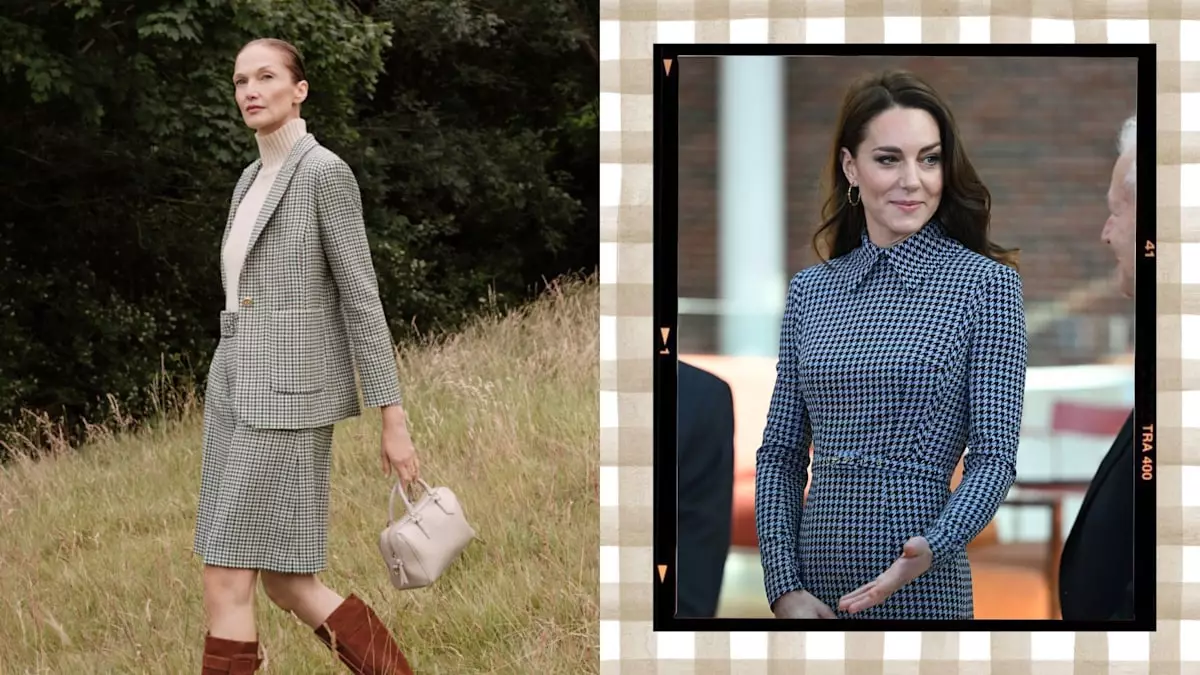In recent years, the fashion industry has witnessed a seismic shift in consumer behaviors, driven largely by the surging awareness of environmental concerns and the ethical implications of our purchasing choices. As a consequence of this wave of consciousness, rental fashion has emerged as a viable alternative to traditional retail, appealing to a diverse range of consumers looking for stylish yet sustainable solutions. Brands like L.K. Bennett, lauded for their high-quality garments favored by influential figures including the Princess of Wales, have capitalized on this trend with innovative rental services designed to make luxury fashion accessible without the baggage of fast fashion.
Our clothing choices have repercussions that extend well beyond individual preferences; they contribute to a global crisis marked by overflowing landfills and significant carbon footprints. Data suggests that the fashion industry is responsible for nearly 10% of the world’s total carbon emissions, a staggering figure underscoring the urgent need for reform and rethinking our approach to consumerism. By embracing rental fashion, consumers can limit their environmental impact and contribute to a circular economy that prioritizes sustainability. This shift is no longer just a niche interest; it has burgeoned into a necessity as we grapple with the consequences of littering our planet with fast fashion.
Understanding the Subscription Model
L.K. Bennett’s rental program introduces a fresh perspective on wardrobe management through a subscription model. For a monthly fee of £79, subscribers gain access to a rotating selection of two garments at a time, with the opportunity to refresh their choices up to eight times monthly. This setup contrasts sharply with traditional fashion rental services that operate on a pay-per-use basis. By embracing a subscription approach, L.K. Bennett empowers customers to enjoy continuous access to quality pieces while minimizing the financial risks associated with clothing purchases. This innovative model effectively offers high-fashion garments while promoting sustainability—a win-win for modern consumers.
At first glance, an annual subscription fee of £948 may appear steep to some. However, when contextualized against the backdrop of typical monthly clothing expenditures, the value of such a plan becomes clearer. Many individuals casually spend upwards of £100 each month on new attire, leading to regrettable purchases that often remain untouched in wardrobes. The rental model allows for a more calculated and thoughtful approach to dressing, reducing impulse buys while still enabling access to fashionable, high-quality clothing. When considering costs like gym memberships, phone subscriptions, or daily commutes on public transport, the rental service presents itself as a financially savvy alternative.
Reflecting on my personal journey, I’ve found myself increasingly detached from fast fashion. Years ago, I depended on high street brands for my wardrobe, often succumbing to the allure of sales and seasonal trends. However, I made a commitment to embrace sustainability through second-hand shopping, vintage finds, and consciously made garments. In doing so, I inadvertently adopted a more frugal lifestyle. I now approach clothing purchases with intention, weighing the necessity and long-term value versus fleeting trends. Renting clothing infuses excitement into my wardrobe choices without the guilt typically associated with excessive consumerism.
The inherent value of rental fashion lies not only in its ability to provide consumers with stylish options but also in its potential to reshape the fashion landscape in a sustainable manner. By prioritizing the use of quality garments on a temporary basis, we forge a path towards responsible consumption that favors experiences over ownership. L.K. Bennett’s innovative leasing approach exemplifies how the fashion industry can pivot to align with the values of today’s conscientious consumers. As we continue to face environmental challenges, embracing rental fashion could be a pivotal step toward a more sustainable future, demonstrating that style and sustainability can indeed coexist.

